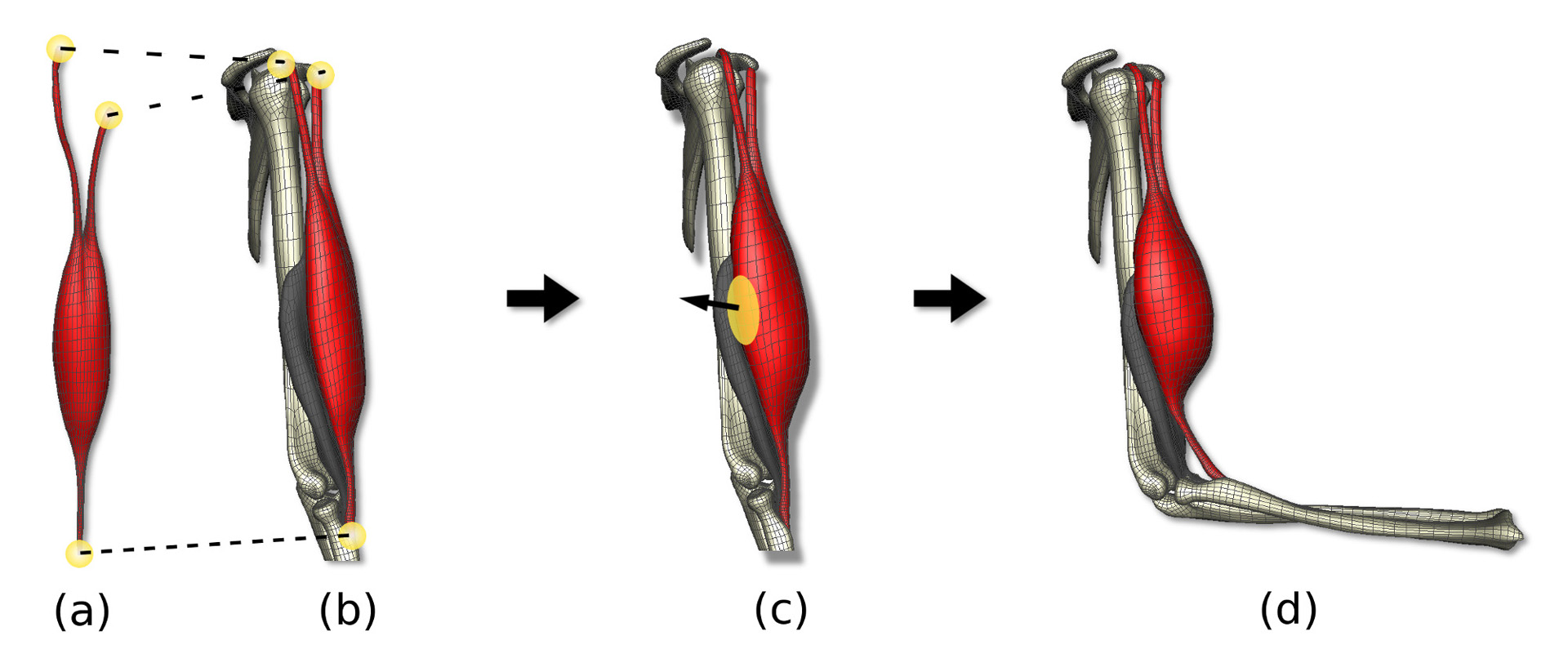“Physics-Aided Editing of Simulation-Ready Muscles for Visual Effects” by Turchet, Romeo and Fryazinov
Conference:
Type(s):
Entry Number: 52
Title:
- Physics-Aided Editing of Simulation-Ready Muscles for Visual Effects
Presenter(s)/Author(s):
Abstract:
Recent developments in character rigging and animation shape the computer graphics industry in general and visual effects in particular. Advances in deformation techniques, which include linear blend skinning, dual quaternion skinning and shape interpolation, meet with sophisticated muscle and skin simulations to produce more realistic results. Effects such as skin sliding, wrinkling and contact of subcutaneous fat and muscles become possible when simulating the anatomy of human-like characters as well as creatures in feature films. One of the main techniques adopted nowadays in the industry is the Finite Element Method (FEM) for deformable objects. Despite the life-like results, the setup cost to generate and tweak volumetric anatomical models for a FEM solver is not only very high, but it cannot easily guarantee the quality of the models either, in terms of simulation requirements. In a production environment in fact (see Fig. 1), models often require additional processing in order to be ready for FEM simulations. For example, self-intersections or interpenetrations in rest pose may result in unwanted forces from the collision detection and response algorithms that affect negatively the simulation at its start.
Keyword(s):
Acknowledgements:
The authors want to thank the rigging team at MPC London and in particular Tom Reed and Benjamin Jones. Special thanks to Jamie Portsmouth for the support and Andy Van Straten via CGCircuit for the anatomical models.




